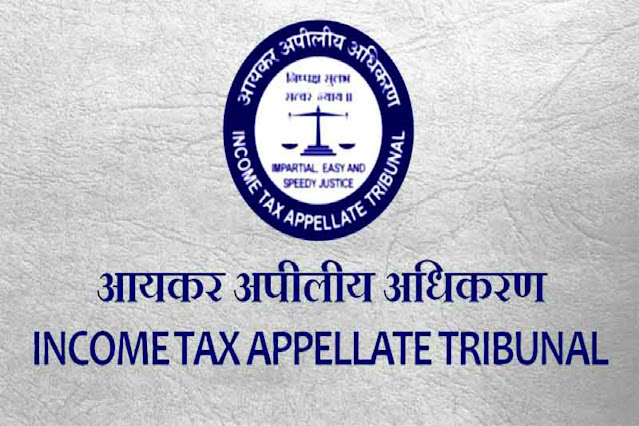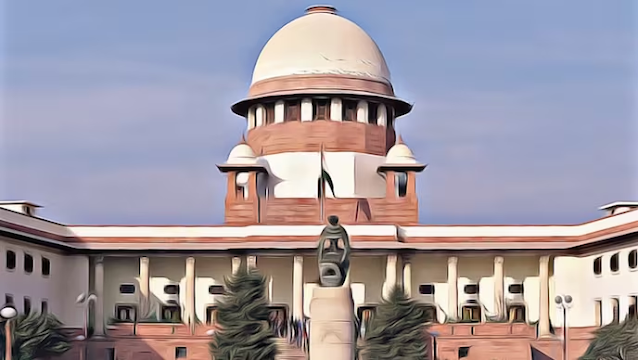R.V. Raveendran, J.@mdashLeave granted. Heard.
2. These appeals relate to Plot No. 1043/2/1 measuring 1.43 acres claimed by the appellant (Gram Sabha, Dhania Mau), Tehsil & District Jaunpur, U.P. as Talab (tank) vesting in it. One Ram Manohar claimed Sirdari rights in regard to the said land and filed objections u/s 9(A)(ii) of the U.P. Consolidation of Holdings Act, 1953 (''Act'' for short). The Consolidation Officer, Jaunpur, by order dated 8.9.1972 held that the said land was a Talab land used for irrigation purposes by the public and the name of Ram Manohar entered in regard to the said plot should be deleted and the land should be entered in the Gram Sabha Khata. The appeal filed by Ram Manohar was dismissed by the Settlement Officer by order dated 11.1.1974. Ram Manohar challenged the order of the Appellate Authority by filing a revision before the Deputy Director of Consolidation, Jaunpur. The revision petition was also dismissed by order dated 7.8.1976. The legal representatives of Ram Manohar, the respondents herein, challenged the said decision in Civil Misc. Writ Petition No. 50/1977. A learned Single Judge allowed the writ petition by order dated 4.12.2003 and set aside the orders of the Consolidation Officer, Settlement Officer and the Deputy Director of Consolidation, based on a concurrent finding and directed that the respondents be recorded as Bhumidars of the said land. The review petition filed by the appellant was dismissed by the High Court, by order dated 3.12.2004 solely on the ground that the counsel who had filed the revision petition was different from the counsel who had appeared for the Gram Sabha in the writ petition.
3. The said orders in the writ petition and review petition are challenged in this appeal by special leave by urging the following contentions:
(i) The concurrent finding recorded by the Consolidation Officer, Settlement Officer and the Deputy Director that the land in question is a Talab vesting in the Gram Sabha, ought not to have been interfered by the High Court in a writ proceeding in the absence of any ground for interference.
(ii) The High Court was not justified in rejecting the review petition merely on the ground that it was filed by a different counsel.
4. The three consolidation authorities had concurrently held that in 1334 Fasli prior to the date of vesting, the land had been shown as a Talab; the Khatauni extract for 1362 Fasli showed that the name of Ram Manohar was ordered to be recorded as a Sirdar in regard to the land in question vide order dated 13.5.1956 of the Additional Tehsildar; that the order dated 13.5.1956 was not produced and was also not available in the records; that the Additional Tehsildar had no jurisdiction to declare anyone as Sirdar of a Talab land; that except the solitary entry, there was nothing to show that Ram Manohar was the tenant; the land had always been shown as Talab; and that when the land was personally inspected by the Settlement Officer in 1974, the land was a Talab which was incapable of being cultivated. On the facts and circumstances, the three authorities held that the land was a Talab and recording of Ram Manohar''s name by the Additional Tehsildar in the year 1956 as a Sirdar was contrary to the rules.
5. The said concurrent finding of fact has been reversed by the High Court in a writ proceeding only on the ground that the Khatauni extract showed that the name of Ram Manohar was entered in pursuance of a purported order dated 13.5.1956 of the Additional Tehsildar, without any explanation as to how his name could suddenly be so entered. The authorities under the Act have decided the question with reference to the oral and documentary evidence and the relevant provisions of law. The High Court could not have interfered with the said concurrent finding by accepting the single piece of evidence relied upon by the respondents, which had been rejected for cogent reasons by the consolidation authorities.
6. The respondents contended that even if it was a Talab, the name of respondent Ram Manohar having been entered as Sirdar in pursuance of the order dated 13.5.1956 passed by the Additional Tehsildar, even if he was not the person in possession at the time of vesting, the only remedy for the Gram Sabha was to file a suit for ejectment u/s 209 of U.P. Zamindari Abolition and Land Reforms Act, 1950 (''Zamindari Abolition Act'' for short) for which the limitation was three years under Entry No. 30 of Appendix III read with Rule 338 of the U.P. Zamindari Abolition and Land Reforms Rules, 1952. This contention does not have any merit. As noticed above, firstly a Talab being a public utility, the period of limitation for ejectment of a person from the land of public utility is ten years from the date of vesting under Entry 31A and not three years. Secondly, the question of ejectment does not arise as admittedly Ram Manohar was never in possession of the land in question which continued to be a Talab used by the members of the public. The mere fact that there was a wrong entry on the basis of an order which was dated 13.5.1956 which did not see the light of the day, the question of filing an ejectment suit did not arise. The land in question was shown as a Talab prior to date of vesting, on the date of vesting and thereafter except for the sole entry in 1956.
7. Therefore, there was absolutely no justification for the High Court to interfere with the finding of fact recorded by the consolidation authorities under the Act. The appeals are therefore allowed, the order of the High Court is set aside and the order of the Deputy Director of Consolidation is restored.

